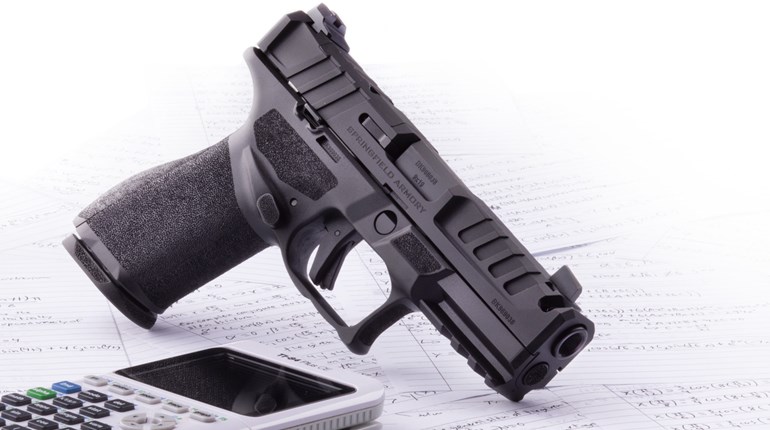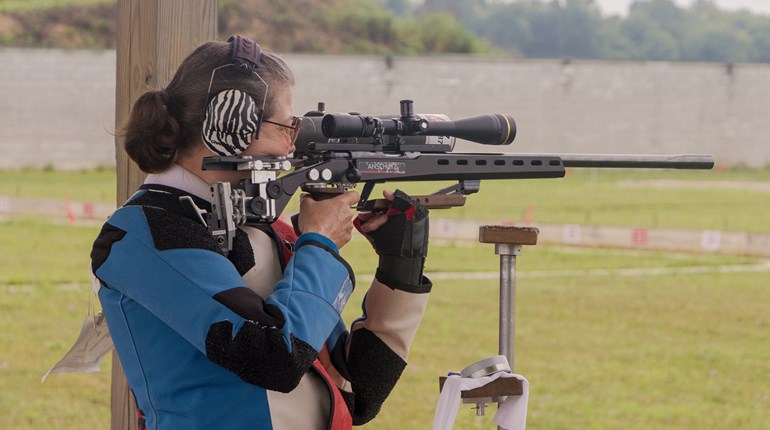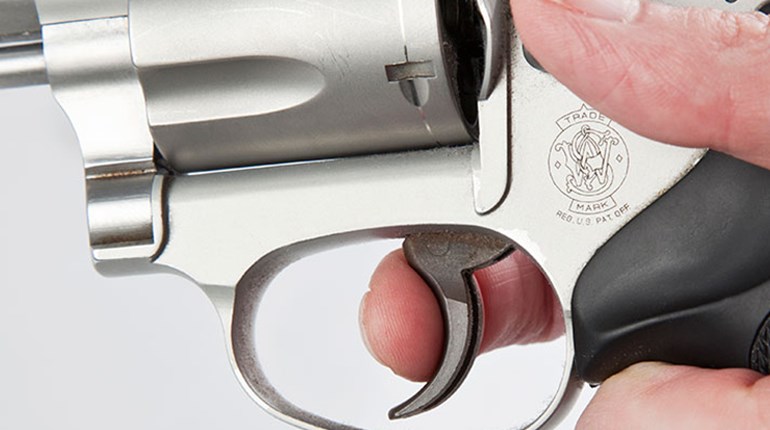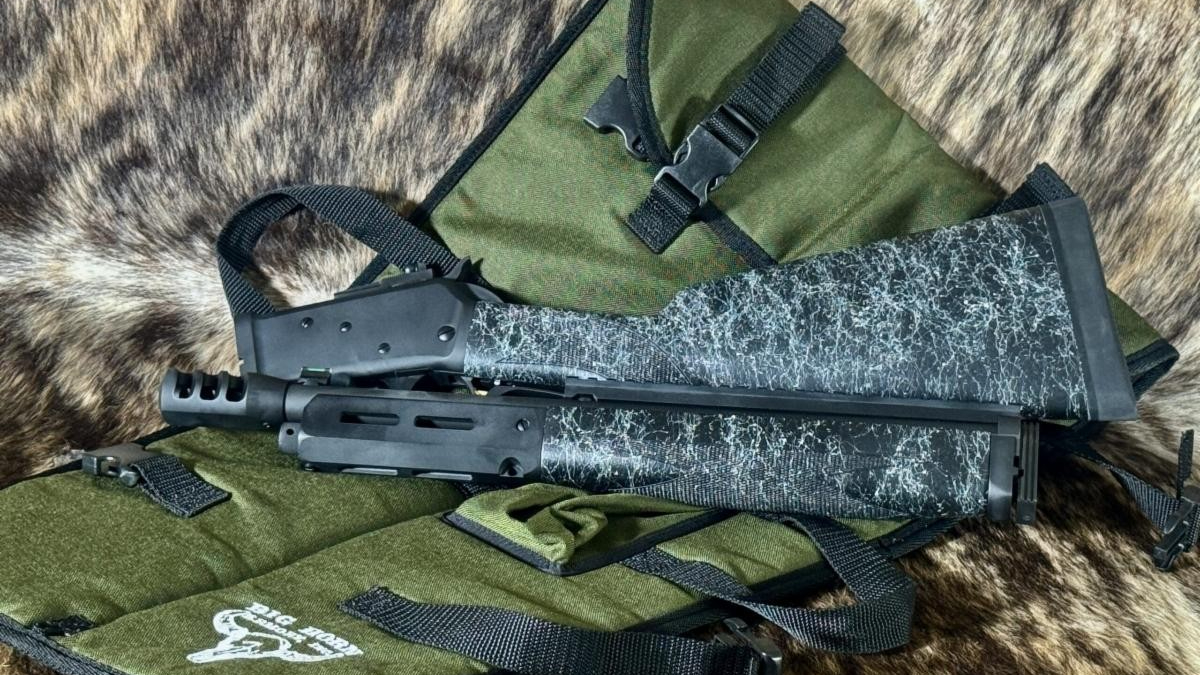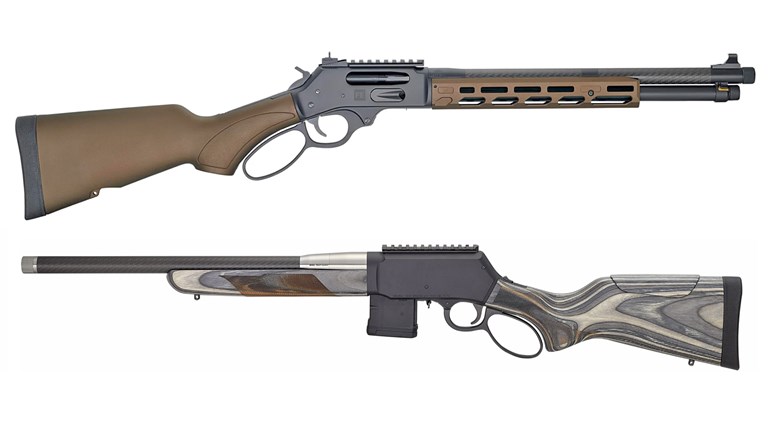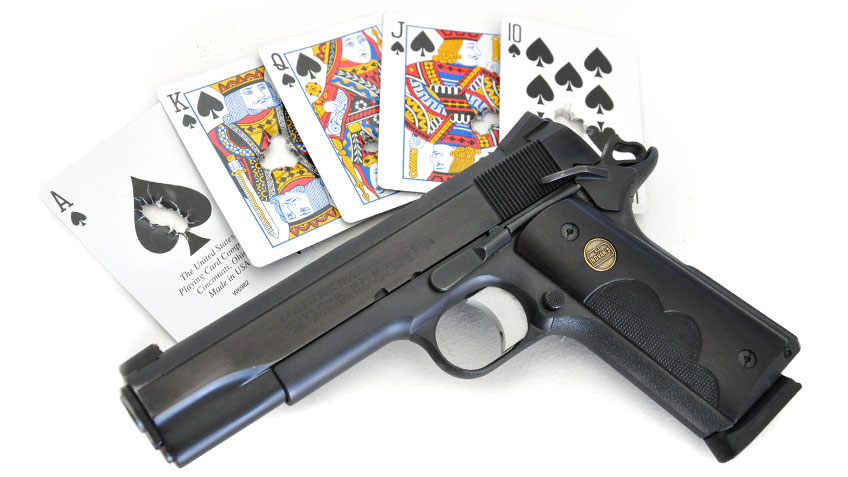
Do you have a deck of cards and a target backer? If so, you’re all set to do some trick shooting with playing cards. A common practice of exhibition shooters and pistoleros of the cowboy era, card shooting is an entertaining way to demonstrate your skills. The idea here is to shoot a three- or five-shot group that makes one ragged hole. I usually shoot three-shot groups at 3 yards and five-shot groups at 5 yards with the idea of shooting out a particular spot on the playing card. For example, I might shoot the center heart out of the three of hearts at 3 yards and the center club of the five of clubs at 5 yards.
Similar to shooting a dot drill, where the idea is to aim at a small dot and make it go away, shooting the spots on playing cards requires concentration and the perfect application of marksmanship skills. Depending upon how your pistol is sighted, you may need to use a six-o’clock hold, where the spot sits atop the front sight, or a center hold with the front sight covering the spot—referred to as sight picture.
Next up is sight alignment, meaning the front- and rear-sight relationship is established and eyes focused on the front sight. Trigger control is next on the agenda, and that means pressing the trigger straight to the rear without disturbing the sight alignment or sight picture as the shot fires. Finally, there is follow-through to contend with. Follow-through consists of two parts: resetting the trigger and re-acquiring that critical front-sight focus. So, break the shot by pressing and holding the trigger and, as you pick up the front sight, let the trigger come forward and reset.
If we do everything right, shooting the spots off playing cards at close range is pretty easy. The problem is, we have to do everything right and that may be harder than it sounds. Looking at the target, rather than the front sight, jerking the trigger or anticipating the shot by clenching the hand are some of the common errors we all have to resist when shooting precisely. When shooting groups, there is a tendency to move the aiming point to the just-fired bullet hole, which I find will have the shots stringing out instead of forming a group.
Lifting the head off the sights to see the shot will move the gun off target, so that’s why follow-through—staying focused on the front sight—is so important. One final tip: I can’t hold the gun completely still and neither can you. I find if I align the sights and stay focused on the front sight, I can ignore the small movement of the sights over the aiming point and carefully press the trigger until the gun fires. The alternative to this is jerking on the trigger as the sights pass the point-of-aim, and this will simply not work. Ask me how I know.
If your card-shooting is going well, I suggest you arrange a poker hand and shoot a group on each of the five cards. A properly shot Royal Straight Flush looks pretty fancy, and it may be something worth saving and framing.












